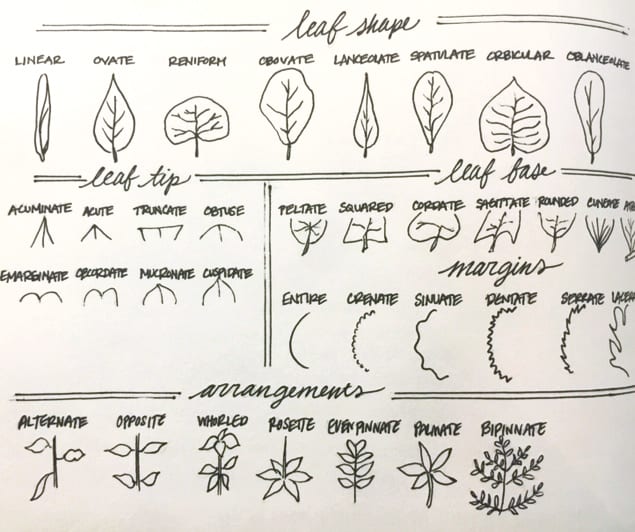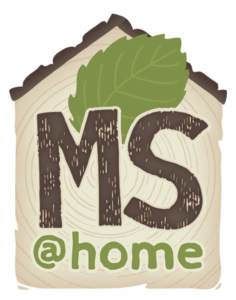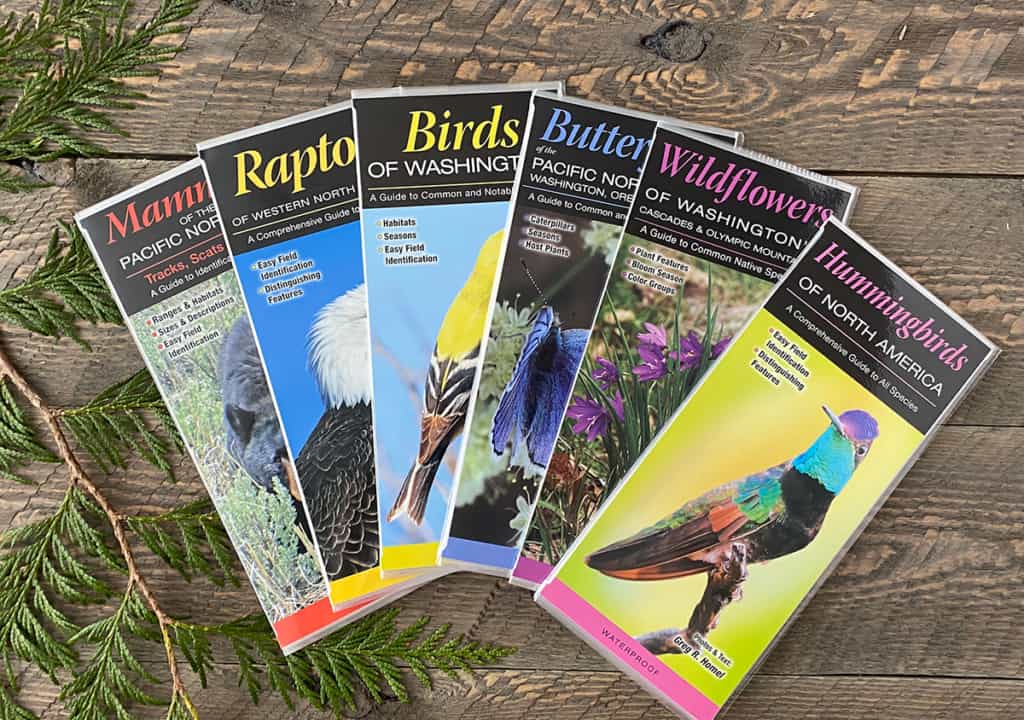
Mountain School @ Home Lesson 14: Enjoying Field Guides
 Students! Parents! Teachers! During this time of school closures and stay-at-home guidelines, North Cascades Institute is sharing lessons and activities from our talented Mountain School instructors. We hope these will inspire students of all ages to continue to learn about the natural world and discover new connections to the outdoors from home. This lesson was created by Mountain School instructor Taylor Woolsey. Find more lessons and activities on our blog or website.
Students! Parents! Teachers! During this time of school closures and stay-at-home guidelines, North Cascades Institute is sharing lessons and activities from our talented Mountain School instructors. We hope these will inspire students of all ages to continue to learn about the natural world and discover new connections to the outdoors from home. This lesson was created by Mountain School instructor Taylor Woolsey. Find more lessons and activities on our blog or website.
Using Field Guides
What is a field guide?
A field guide is a book that helps people identify things in the natural world, often using detailed pictures, drawings, and/or descriptions. This includes plants, trees, mushrooms, birds, mammals, rocks, and so many others. Some are comprehensive and focused on the most common plants and animals of a region and other field guides showcase very specific areas of interest, like Macrolichens or Butterflies.

Why use a field guide?
Field guides are an excellent way to take ownership of your own learning. In this current time where many of us are out of school or work, field guides are a perfect tool for learning at home. They give us an opportunity to put names and facts to the colors and creatures we see when we embark outdoors (or even indoors!). It can be a huge confidence boost to correctly identify a plant or animal seen in the wild, and from there teach others more about what you have learned.
Suggestions for learning and exploring with a field guide:
Tools to go with your field guide: Having a notebook or sketchpad along can be very helpful when using a field guide and will help you get more out of your nature adventures. It will give you a place to take notes, keep a log, and sketch your sightings. Based on your interests, it may also be helpful to bring along painting or drawing supplies, a ruler, and a camera.
Know the terminology: Make friends with the field guide’s glossary! Many field guides use technical terms to help identify an unknown plant or animal. If you come across a word you don’t know while identifying your object, check the glossary or look it up online. Write the definition down to help remember and continue your search for the name!
Explore names: While identifying nature it is important to remember that there are many different names for plants, animals, and anything else you can find in the natural world. Many field guides will show the scientific name and common name, but names used by Native peoples are not always included even though they were the first. To honor the history of the first peoples of the region, try to learn the names, history, and uses of a plant or animal before Western settlers invaded the region. When you can’t find a name for a thing—give it your own!
Practice what you’ve learned: After you have identified a new plant or animal, say the name aloud. And every time you see what you have identified repeat the name to help the memorization. Teaching others and passing on what you have learned is also a great way to remember new knowledge.
Make your own field guide: If you are looking for a creative way to continue using and appreciating field guides, try making your own field guide for your home, yard, neighborhood, or local park! You can use your own words to describe flowers, animals, human building and noises, houseplants, weeds, or anything else around you. Create your own drawings or take pictures, and focus on what interests you the most!
Try a “sit spot”: Field guides pair great with our Mountain School at Home Lesson: Sit Spots, a simple activity designed to engage all your senses in the observation of nature around you.

Different kinds of field guides:
You don’t need to buy a new book from a bookstore just to identify nature treasures! There are many field guides of different topics available both new and used as well as more packable identification cards, pamphlets, and sheets. There are also apps and websites that make it fun and easy to learn more about your discoveries. Search what interests you and go from there!
Field Guides specific to the Pacific Northwest:
The following are focused on the Pacific Northwest and only a couple among thousands of field guides that exist.
- Natural History of the Pacific Northwest Mountains by Daniel Mathews
- Plants of the Pacific Northwest Coast by Pojar & Mackinnon
Identification Apps:
Identification apps are a great way to involve yourself in community science! Many of these apps and websites are interactive and allow people to record what they see and where, to help out the greater community of nature lovers.
- Merlin Bird ID
- iNaturalist
- Mushroom LITE
- Washington Wildflower Search
- Spider Al
- PictureThis Plant Identifier
Websites:
- Washington Native Plant Society – Plant Directory
- ArborDay.org – What Tree Is That?
- Green Seattle Partnership – Plant Communities
- Green Seattle Partnership – Winter Twig ID
Thank you for helping us offer these at-home lessons for transformative learning experiences in nature by making a gift at www.ncascades.org/give.

